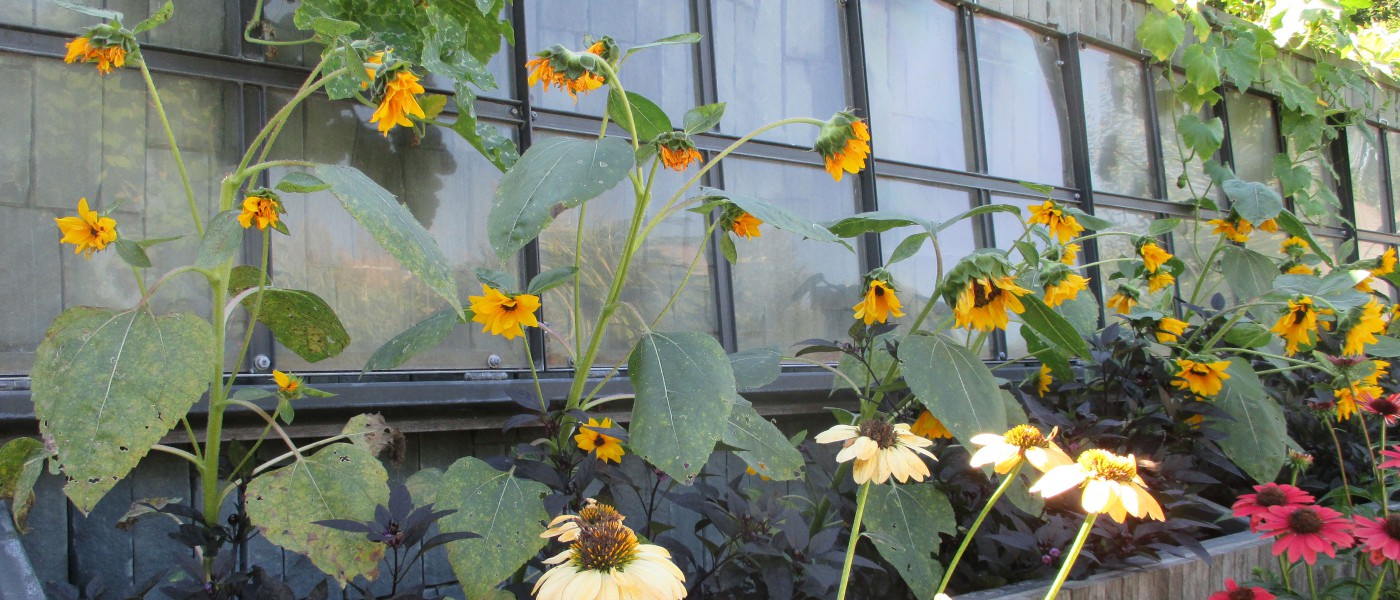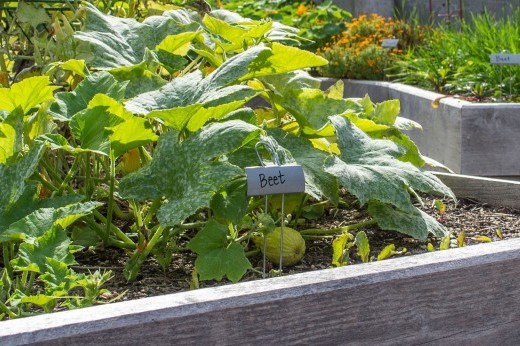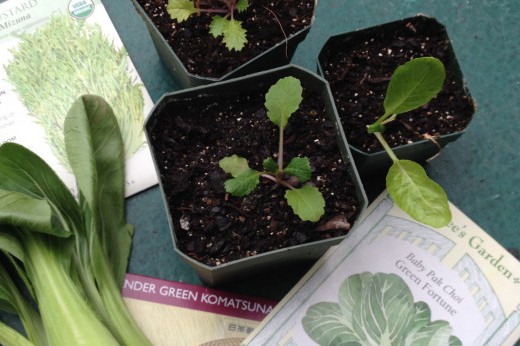What could be more gratifying on a frosty Thanksgiving morning than to go out to the garden, or even onto the back deck, and gather a fresh, green salad for your holiday feast? Your garden plot might still be yielding collards, leeks, and a few final carrots after snow flies, but for a delicious extension of the delicate summer flavors of lettuce, arugula, and baby beets, look to a cold frame.
Essentially a bottomless box with a clear or translucent removable top, a cold frame—much like a greenhouse—collects and traps solar energy and converts it to thermal energy (heat), creating an environment that's more congenial for tender plants than the open air. Except for watering and propping open the lid to keep the contents from cooking on warm days, then closing it again at sundown, very little maintenance is needed. Beyond extending the harvest season of tender vegetables well past the frost date, this time-tested tool has many other uses:
- Jump-start sowing in spring.
- Harden off seedlings or transplants.
- Protect seedlings from heavy spring rains and digging critters.
- Bolster the growth of heat-loving plants like peppers in early summer.
- Start seeds in fall for late-season harvest.
- Overwinter, acclimate, or force perennials and biennials.
Types of Cold Frames
Many ready-made models are available on the market, ranging from relatively high-tech ones constructed of aluminum with translucent polycarbonate side and top panels to simple precut wood-and-glass kits. But it's easy, cheaper, and more eco-friendly to construct your own cold frame by recycling materials that you have around the garage or house, such as leftover lumber and old storm windows. Free instructions abound on the web for a wide variety of cold frames.
Basic wood-and-glass cold frame
Acquire a glazed window for the lid. Cut four 1-by-6-inch boards to fit the dimensions of the window and nail the ends together to form a rectangular box. Reinforce the corners with angle brackets or wooden braces. (Note: Your cold frame can be as long as you want to build it, but it shouldn't be wider than three or four feet for ease of access.)
"Fancy" wood-and-glass cold frame
Use the same materials as above, but cut the frame's side boards at a slight angle so that the back of the frame is higher than the front. Attach the window to the back board with hinges. This creates a sloped lid that will collect more sunlight and also shed rainwater.
Biodegradable hay-bale cold frame
Use four to six bales to create a box, set a window frame or two on top, and put your plants inside. This style takes up a fair amount of room, but you can use the hay later as mulch.
When using old glass windows, residual lead can be an issue. The frames may have been painted with lead paint at some point (lead paint was banned in the U.S. in 1978), and it must be scraped off before use around edibles. Old putty also might have been made with lead, so it should be replaced with new glazing compound.
As an alternative to a glass lid, you can make a simple wooden window frame and staple over it heavy-gauge translucent plastic. Lis Thomas, of BBG's community greening program, recommends using UV-resistant plastic, available at hardware stores.
Siting Your Frame and Other Tips
- Site the cold frame in a sunny, well-drained area.
- To maximize exposure to sunlight, position the frame on a south-facing slope or with the sloped lid facing southward.
- Place the back of the frame next to a wall to provide protection against cold northerly winds.
- If sowing directly into the ground, amend the soil with compost before planting to improve fertility and drainage.
- Install a thermometer in the frame to monitor temperature fluctuations.
- Keep old blankets or hay on standby for extra insulation on frigid nights.
- Nestle dark-colored water-filled gallon jugs around the frame to gather and hold extra heat. Electric heating cables and mats will also work.
- Invest in a temperature-activated solar- or electric-powered automatic vent opener if you can't tend the frame every day.
Other Methods for Extending the Season
Along with cold frames, gardeners have developed a number of low-tech devices for protecting heat-loving crops. These include row covers (lengths of lightweight synthetic fabric supported by wire or wooden armatures) and cloches (traditionally, clear glass jars for placement over individual plants). Row covers are widely available at garden centers. You can fashion a rudimentary cloche by cutting the bottom off a translucent plastic jug; the cap can be screwed off when ventilation is needed.
Additional Resources:
Four-Season Harvest: Organic Vegetables from Your Home Garden All Year Long, by Eliot Coleman (Chelsea Green, 1999) Lists of vegetables and herbs and optimal dates for succession planting using cold frames as well as other methods.
Purple Mountain Organics Cold frames and supplies.
More: Learn more about extending the season with cold frames and row covers by watching this video.
Read More› Overwintering Potted Plants



